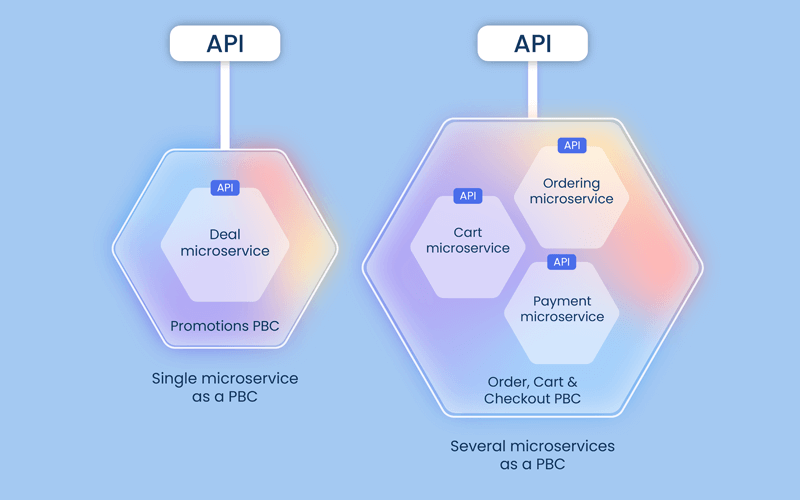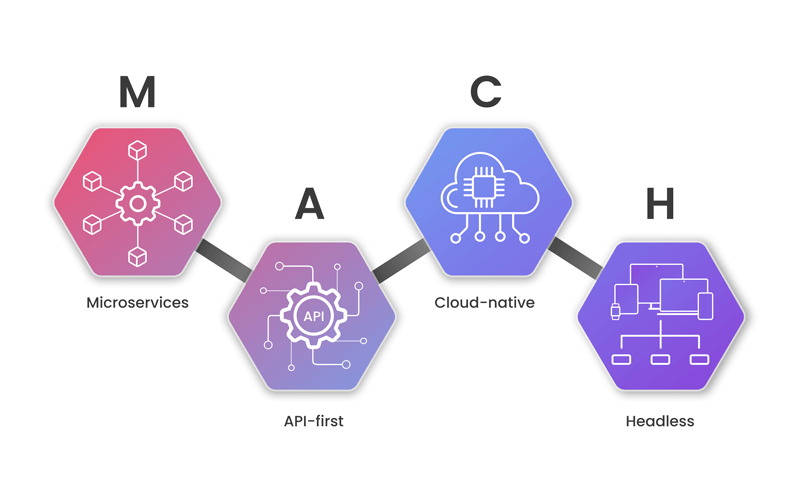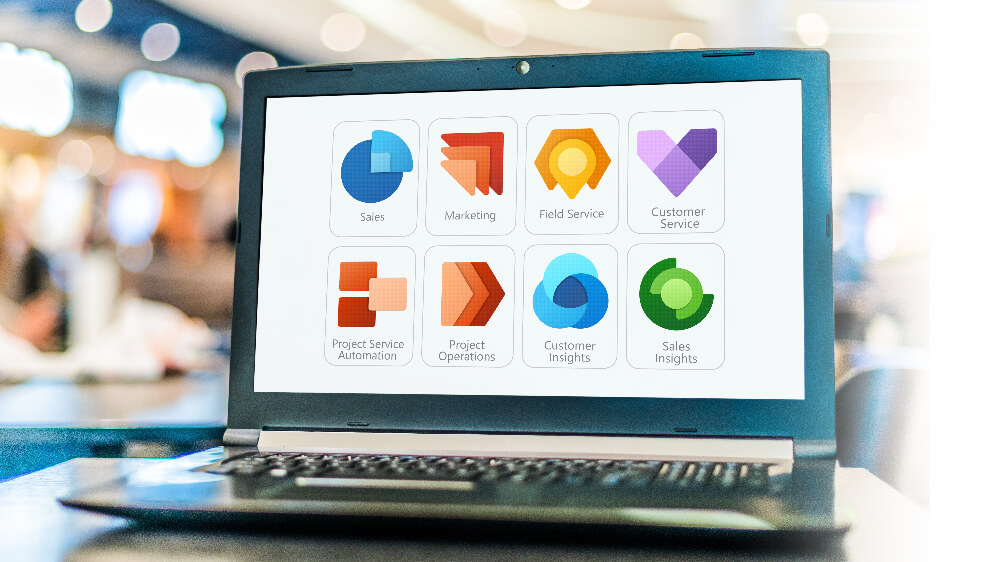Preface
‘Electronic Data Interchange’ (EDI) and ‘Teleshopping’ in the 1970s paved the way for modern-day e-commerce. The invention of online shopping by Michael Aldrich, a renowned inventor, innovator and entrepreneur, enabled online transaction processing between businesses and consumers and between businesses.
The August 12, 1994 issue of ‘The New York Times’ (NYT), appropriately titled “Internet is Open”, to chronicle the sale of a Sting CD between two friends. The NYT said, “The team of young cyberspace entrepreneurs celebrated what was apparently the first retail transaction on the Internet using a readily available version of powerful data encryption software designed to guarantee privacy.”
Early e-commerce transactions were predominantly across categories of books and music, this innovation paved the way for online stores and marketplaces. This tech-powered success provided businesses and people an alternative to offline channels enabling convenience, choice and efficiencies that we can no longer live without.
In the time since, enterprise scale businesses selling products and services launched their online store presences, starting initially as an alternate channel. Individuals and ‘Small and Medium Enterprises’ (SMEs) listed their products and services across a myriad of available marketplaces. These digital properties powered visibility and outreach, resulting in transaction growth to create business resilience.
Early online stores and marketplaces were merely transaction facilitators. The monolithic ‘Commercial off the Shelf’ (COTS) products that powered these digital properties were inflexible and incapable of dealing with diverse categories of products and services; they were unable to scale with rising consumer demand.
They couldn’t easily onboard, change or update product and service categories with changing seasons, they couldn’t seamlessly delist products and services, and couldn’t manage real-time inventory as transactions grew. They couldn’t deliver real-time experiences that were personalized to consumer context, nor could they run promotions for products and services. Rising consumer demand necessitated onboarding new features to address personalized consumer journeys among others, at scale and with speed whilst seamlessly eliminating friction across the consumer lifetime.
Rising Customer Expectations
With brands and marketplaces fulfilling similar products and service categories, business’ competition moved to acquisition and retention of consumer mindshare, consumers now had options and the right of choice. If businesses were to succeed in this new world order, they needed to continuously attract, acquire and retain customers throughout their lifetimes. To achieve this, they needed to go beyond transactional e-commerce, to enable memorable consumer journeys and experiences that capture a place in people’s minds and hearts. They now needed to;
- Re-imagine their business in the ‘Business to People’ (B2P) context.
- Design impactful experiences with empathy, simplicity and ease across customer personas.
- Make experiences paramount and technology invisible to consumers.
- Eliminate points of friction across touchpoints to power delightful customer journeys and customer lifetime experiences.
- Unify, personalize and enrich experiential journeys across touchpoints.
- Craft and enable big picture strategy focussed on customer lifetime journeys.
- Rapidly onboard new categories of products and services driven by consumer demand.
- Onboard new channels of engagement and interaction driven by consumer behavioural disruptions.
- Enable new frictionless and trusted payment methods as people accepted them as their preferred methods.
- Listen to consumer feedback and rapidly remediate bad experiences.
- Enable unique buying journeys for different categories of products and services.
- Deliver beyond the happy path to retain customers.
- Meet consumers where they are and capture moments that matter. Leverage real-time context to personalize responses across touchpoints to acquire mindshare with value because that moment in time, however small, is what matters.
- Continuously optimize customer journeys and experiences.
Traditional e-commerce COTS products fulfilled consumer demand with a ‘one-size-fits-all’ approach. These products couldn’t power this new world order driven by personalized consumer delight that businesses now needed to enable, to stay ahead in an extremely disruptive and competitive pecking order.
Why Composable Commerce?
Today’s businesses are grounded in unique value propositions and purposes, they fulfil unique categories of products and services. No single COTS product vendor offers a ‘best-of-breed’ solution with needed flexibility to serve varied categories of products and services. The tightly coupled monolithic architectures inhibit ability to integrate with disparate systems across the enterprise ecosystem. They are restrictive in their ability to onboard modern channels, require immense technical effort and time to onboard new categories of products and services and are gating in the quality of consumer experiences they can deliver. Modern businesses cannot thrive with these impediments as they continuously strive to stay relevant. They need to rapidly respond to disruptions in consumer behaviour, continuously launch new categories of products and services, and enable frictionless memorable experiences to captivate their consumers throughout their lifetimes.
What is Composable Commerce?

Composable commerce is a design and development principle that utilizes multiple vendors offering robust, best-of-breed functionality for the one thing they do well, ‘composing’ them into a custom digital products, engineered to realize delightful experiences for every unique business opportunity. It’s a paradigm shift from the single vendor ‘one-size-fits-all’ approach.
Composable commerce achieves this by seamlessly fusing ‘Packaged Business Capabilities’ (PBCs) into consumer journeys and more importantly, making the tech invisible to the consumer. PBCs are features, components or applications represented by vendor products. For example, a PBC could be represented as a single feature such as sign-up or login or enable biometrics or browse and search or register payment method or add to cart or checkout… A PBC could also be a composition of a group of features as deemed fit and driven by business goals and purpose. For e.g. A PBC could be a composition of sign-up, login, enable/disable biometrics, change password and reset password as strategized by the business or brand.
Composability enables modularity, predictability, and leverages open standards providing businesses improved control of their goals, purpose, and success imperatives.
It solves the fact that today’s businesses are evolutionary; they will continuously onboard new product and services categories, features and capabilities, enable new experiences and consumer journeys, enrich existing experiences, onboard modern channels, optimize throughput, eliminate friction to thrive to stay relevant by delighting consumers with value and outcomes.
How do you enable Composable Commerce?
Necessity is the mother of invention; MACH(Microservices, API-first, Cloud-native, Headless) tenets address challenges of today’s businesses. These tenets are based on the premise that businesses need high-level control, agility, scale and speed to meet the rapidly evolving expectations and disruptions of today’s customers whilst continuing to be resilient into the future.

Microservices – Microservices enabled PBCs to do away with tightly coupled monolithic COTS products that cannot be deployed independently.
API-first – Allowing functionality to be exposed as APIs to enable binding more than one application together into experiences leveraging services.
Cloud-native – Ensures on-demand scalability, flexibility and resilience.
Headless – Decouples the backend from the experience allowing for ease in onboarding new experiences and engagement channels.
MACH forms the foundation to enable composable commerce.
Benefits of Composable Commerce
The modular approach to composable commerce enables businesses and brands adopt an evolutionary approach to respond fast to disruptive consumer behavior trends. Also, importantly, without impeding existing consumer experiences by rapid onboarding and enabling
- New consumer experiences and journeys that enrich the value proposition of the consumer’s lifetime journey.
- Modern channels as they gain consumer attention and traction.
- New secure and trusted payment methods that eliminate friction.
- New categories of products and services.
- New unique consumer journeys for varied categories of products and services.
- Scalability and resilience with rising consumer demand.
- Continuous optimization and elimination of friction across existing journeys attuned to consumer personas.
- New Products and PBCs that enable and enrich experiences, personalization and contextualization to meet and capture consumer moments and respond with meaning and purpose.
- Faster time to market and lower cost of ownership.
The Future of Composable Commerce
Leading businesses and brands have embarked on their next wave of business transformation to composable commerce and are already reaping the benefits. It’s no secret that the ability to adapt quickly delivers competitive advantage. The first-mover advantage quantified with benefits and insights has provoked others to rapidly adopt this pathway to stay relevant and survive. The move to composable commerce is no longer an option, a pathway, or a choice. It is a success mandate for businesses, initially to survive and eventually thrive with adoption and maturity across their journey.
Composable commerce will rapidly power new immersive experiences across modern channels, enrich touchpoints, grow engagement and consumer lifetime journeys with purpose, meaning and value in this disruptive consumer-first economy.
Composable design principles and strategies are now embracing and enabling people’s recent adoption of Web3 in the realm of immersive engagement and commerce. Leading gaming, sports, fashion and retail brands have already enabled 3-D immersive engagement and shoppable experiences. Digital twins for physical products and services are now table stakes.
The metaverse although in its early stage of evolution has already unleased a plethora of digital-first opportunities for businesses to target and monetize. Composability will power these experiences as they evolve in time to rapidly onboard new vendor products and components, reuse existing PBCs to enable new immersive journeys and eventually fuse business and brand offerings in Web 2.0 (Institution Web) with the immersive Web3 as unified pathways of choice across the newest generation of experience channels.
About Hexaware
At Hexaware, our team of experts are completely wired into the evolution of businesses, technology and product ecosystems across industries. At the peak of the pandemic, we strategized and enabled a leading B2B business to go B2P to target a paradigm shift in consumer demand in just 51 days. We also partnered with a leading B2B fashion-tech startup to create a digital-first immersive fashion buying experience. This immersive engagement platform now powers 30 of the world’s leading luxury fashion brands.
If you are an established business or a fledgling startup, looking to innovate, to create a new strategy, design, tech with enablement of a ‘never done before’ first principles digital immersive product experience? Feel free to reach out to us, to rapidly discover what we can do together. We’ll partner with you to define this journey, enable experiences at speed and scale with focus on consumer delight, purpose, value and outcomes.
Hexaware Interactive Offerings
- Composable commerce strategy, roadmap, plan and activation
- MACH enablement for a connected enterprise ecosystem
- Enterprise product, technology and ecosystem audits
- Digital twins
- Composable commerce design and implementation services
- Experience and engagement design services (New, Re-design, Enhance, Unify)
- Experience, persuasion, and accessibility audits
- Information architecture and data engineering
- Digital product engineering and technology services
- Modernization
- Unification and rationalization
- Implementation
- Optimization
- Experience and frontend technology services
- Continuous Optimization – Enhance, Maintain and Support



















